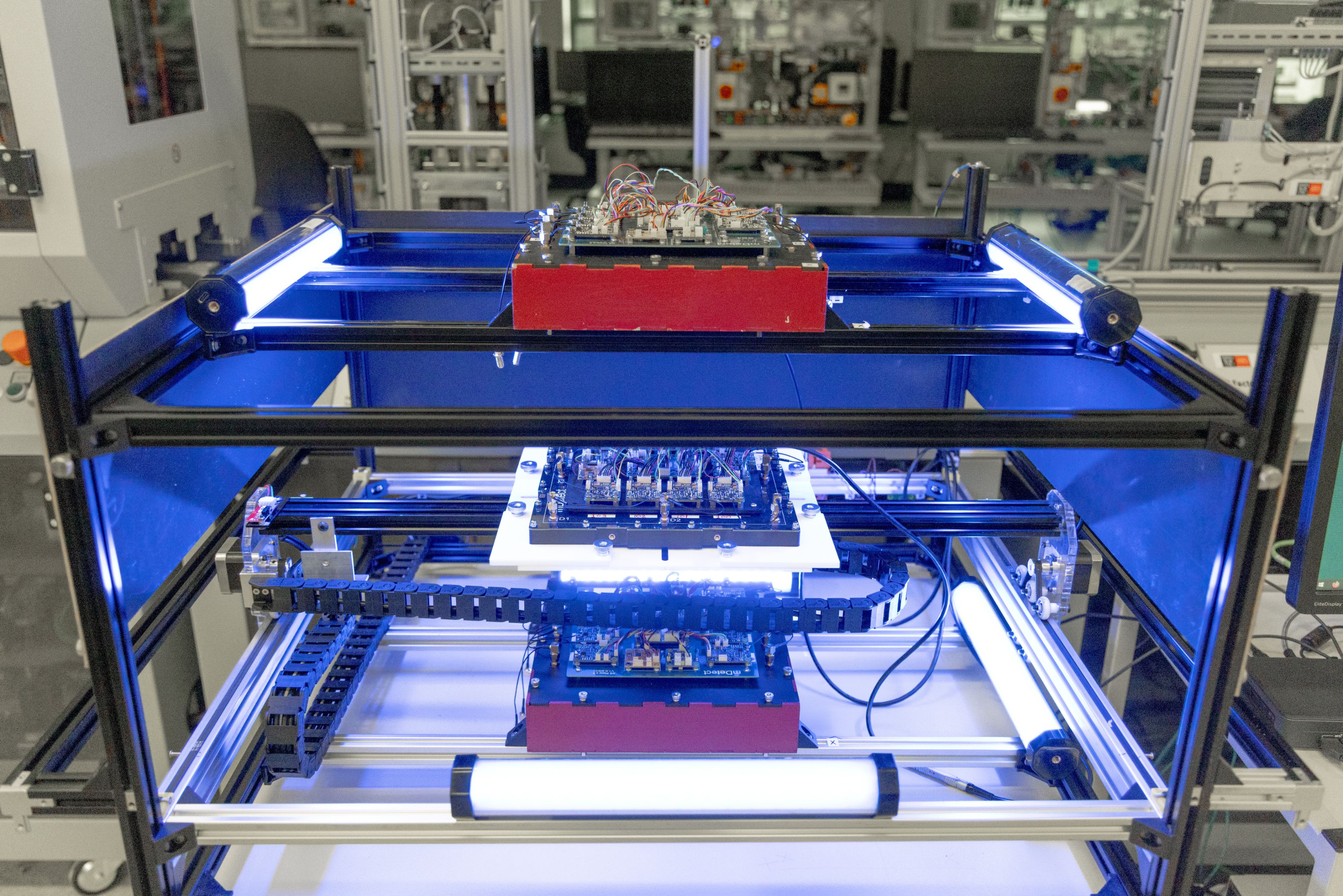Swinburne University of Technology has received over $4 million funding from Australia's Economic Accelerator (AEA) to develop two innovative projects.
At the start of July, the Australian Government awarded 39 Australian research projects support through its AEA Innovate program , which is a $1.6 billion investment designed to bridge the gap between research and real-world application.
Swinburne researchers Professor Christopher Berndt and Dr Federico Scutti have both received significant funding for their respective projects that are borne of world-leading Swinburne science in advanced materials and astrophysics respectively.
Boosting local production of advanced materials
Professor Chris Berndt and his team have partnered with Australian technology and manufacturing company EntroMat to scale up sovereign powder manufacturing of critical materials through sustainable advanced innovation.
The project focuses on generating High Entropy Materials (HEMs), a type of advanced alloy made from recycled critical materials. These are in high demand across global industries; however, no current manufacturing facilities are available in Australia.
"This landmark grant marks a transformative leap forward for Swinburne and EntroMat," said EntroMat CEO Greg Lindsay. "It will supercharge our advanced materials innovation pipeline-accelerating product development and fast-tracking commercialisation, bringing cutting-edge solutions developed in Australia to global markets."
With a focus on efficient use of critical raw materials, the project aims to promote a circular economy in advanced manufacturing by recovering and repurposing HEMs in Australia to avoid the risk of losing valuable information and control over the technology when importing.
"We will be transforming waste streams of metals into high-value alloys," said Swinburne Professor Chris Berndt. "These high-tech alloys are composed of recycled critical metals that are used in severe and aggressive environments. Our intellectual property and engineering innovation place Australia at the forefront for productivity and significant economic gains."
With $2 million in funding, Swinburne and EntroMat will work together to design and generate HEMs in Australia, adding value to the resources sector by enhancing the sustainability and efficiency of metal usage.
Using space particles to improve critical mineral discovery
Swinburne's Dr Federico Scutti has partnered with mDetect to use muon tomography for exploring underground sites and improving mine safety.
Together, Swinburne and mDetect have developed a unique technology that uses particles from space, known as muons, to undertake large-scale environmental and site scanning through the tomography technique.
This project aims at turning muon tomography technology into a tangible product that can be utilised by the mining industry. This technology will provide professionals with a non-invasive, wide-field view of large underground regions.
"We are revolutionising mine site safety and mineral exploration with advanced muon tomography," said Swinburne project lead, Dr Federico Scutti. "Through partnership between Swinburne and mDetect, we are developing Australia's first scalable muon detector and AI-powered data platform, positioning the country as a global leader in next-generation exploration tools for a more productive and sustainable mining industry."
Swinburne and mDetect are partnering in research and innovation to produce this efficient technology, and with $2 million in funding, they are hopeful to generate a boost in local manufacturing with greater job and business opportunities.
"This critical funding from the AEA is supporting transformative technology for both Australian and global mining practices, highlighting the proactive technology translation leadership from the Department of Education," said CEO of mDetect, Professor Alan Duffy. "A special thanks also goes to the incredible team at Swinburne leading this cutting-edge research and development to better see the Earth with space."







